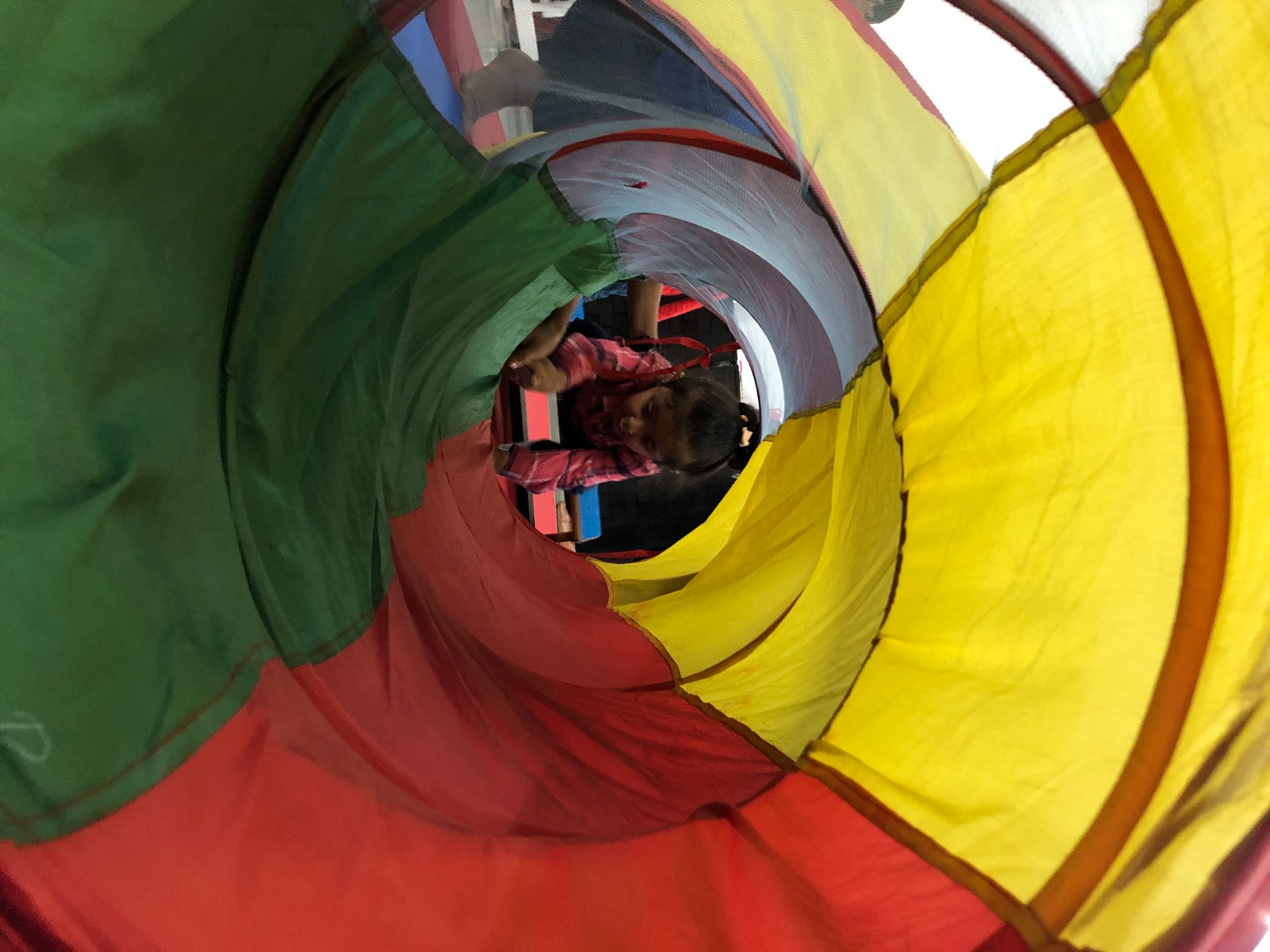Hand flapping is a common self-stimulatory behavior observed in children with Autism Spectrum Disorder (ASD). This repetitive movement of hands and fingers can occur due to various reasons, such as excitement, anxiety, or sensory needs. While it is a part of their way of expressing themselves, excessive hand flapping can sometimes interfere with learning and social interactions. Understanding the underlying causes and employing effective strategies to manage this behavior is essential.
The first step in managing hand flapping is to identify its triggers. Careful observation can help parents and caregivers understand when and where hand flapping occurs, revealing patterns or specific situations that provoke the behavior. Often, hand flapping is linked to sensory needs, such as seeking visual, tactile, or proprioceptive input. By recognizing these triggers, appropriate strategies can be developed to address them. It is highly recommended to consult a qualified occupational therapist to assess the reasons behind hand flapping and initiate the process under their advice and continuous monitoring.
Providing alternative sensory input can be an effective way to reduce hand flapping. Offering fidget toys, stress balls, or engaging in sensory activities like swinging or jumping on a trampoline can fulfill the child’s sensory needs. Weighted blankets or vests can also provide deep pressure input, which can have a calming effect. Teaching children replacement behaviors is another crucial strategy. Encouraging functional movements like clapping or squeezing hands together can serve as substitutes for hand flapping. Professional support from therapists is crucial in developing and implementing effective strategies. Occupational therapists and behavior analysts can offer individualized approaches tailored to the child’s specific needs.
Behavioral interventions play a significant role in managing hand flapping. Positive reinforcement can encourage the child to engage in desired behaviors instead of hand flapping. Praise and rewards for alternative behaviors can be motivating. Visual supports, such as schedules and social stories, can help the child understand when and where certain behaviors are appropriate. Creating a calm and structured environment also reduces anxiety and sensory overload, contributing to a decrease in hand flapping. Allowing regular breaks during activities provides opportunities for sensory regulation, preventing sensory overload.
Parent training programs are also essential, as they equip parents with the knowledge and skills to manage their child’s behavior effectively at home. By collaborating with professionals and being proactive, parents can help their children manage hand flapping, enhancing their overall functioning and social interactions.
Dr. Atul Madaan (Autism Specialist)
MAAP, MBA, MPhil (Clin. Psy), PhD (Psy)
Operational Head & Clinical Psychologist- Care For Autism (CFA)
8383849217
www.autismspecialist.co.in
𝐂𝐀𝐑𝐄 𝐅𝐎𝐑 𝐀𝐔𝐓𝐈𝐒𝐌 (CFA)
One-of-a-Kind Assessment & Remedial Training Centres for Special-needs Children.
📌 Ludhiana : 114, Green Field, Kochar Market Road, Near National Lab
9646443200
📌 Jalandhar : Hoshiarpur Road, Mubarkpur Shekhein Under Bridge, Near Railway Crossing,
9779725400
#autismdoctorludhiana #autismdoctor #autismdoctorinludhiana #autismspecialist #bestautismdoctor #bestautismdoctorinludhiana #autismbestdoctor #bestautismcenter #bestautismconsultant #autismconsultant #autismludhiana #autismspecialistinludhiana #atulmadaan #dratulmadaan #autismtreatmentludhiana #autismtreatment #careforautism

Leave a Reply